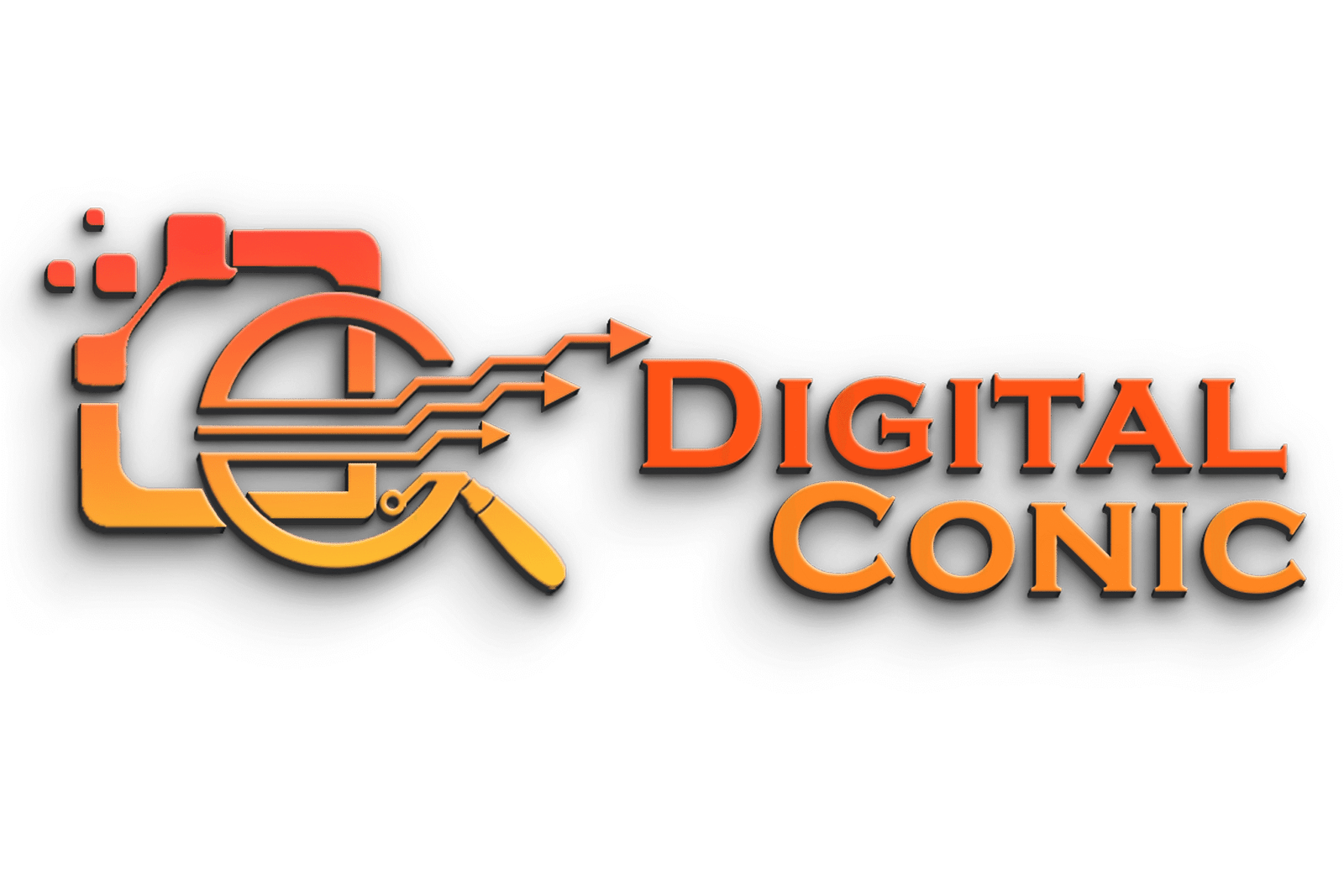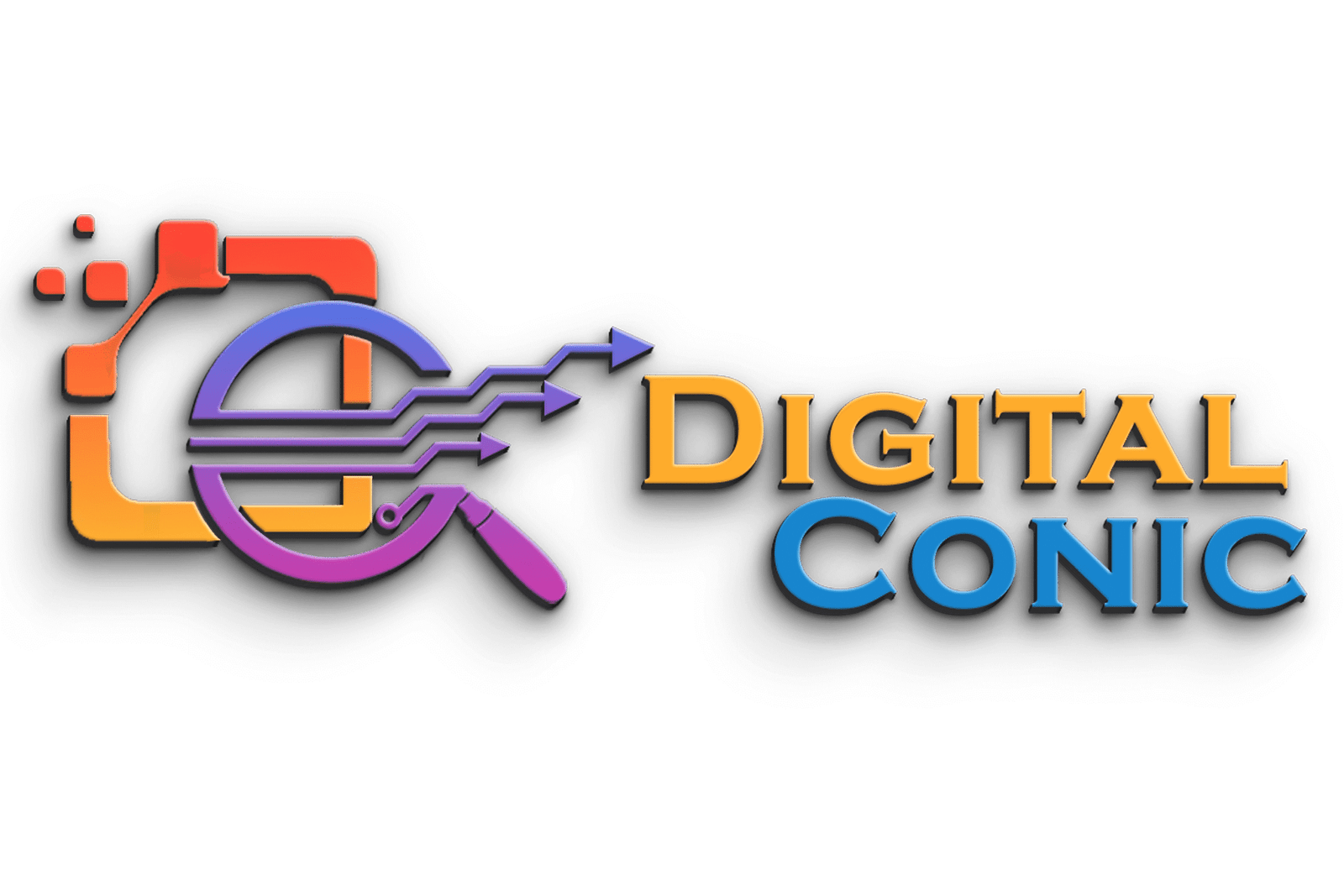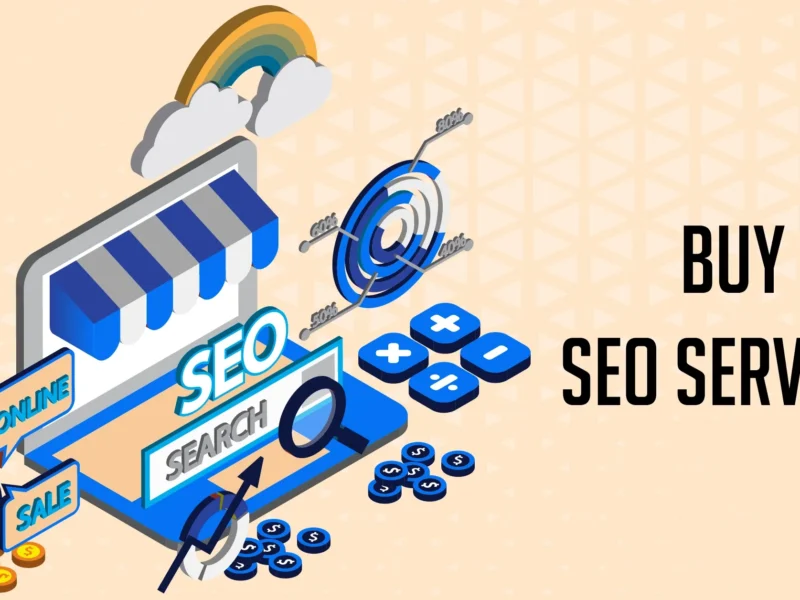Introduction
If you run a website, you already know that traffic is the lifeline of your online presence. Without visitors, even the best-looking website with the most valuable products or services is just a digital ghost town. That’s where strategies like buying website traffic SearchSEO come into play. But what does it really mean, and how can it help your business grow? Let’s dive deep into this topic.
Understanding Website Traffic
Traffic simply refers to the number of people visiting your site. But not all traffic is created equal.
- Organic Traffic: Visitors who find you through search engines like Google.
- Paid Traffic: Users who click on ads you’ve paid for.
- Direct Traffic: People typing your website directly into their browser.
- Referral Traffic: Visitors coming from links on other websites.
- Social Traffic: Visitors coming from platforms like Facebook, Instagram, or Twitter.
Knowing the types of traffic helps you decide whether buying traffic is worth it.
What Does “Buy Website Traffic SearchSEO” Mean?
When you buy website traffic, you pay to get visitors delivered to your site through ads or traffic networks. SearchSEO adds a layer of strategy by ensuring this traffic aligns with your search engine optimization goals.
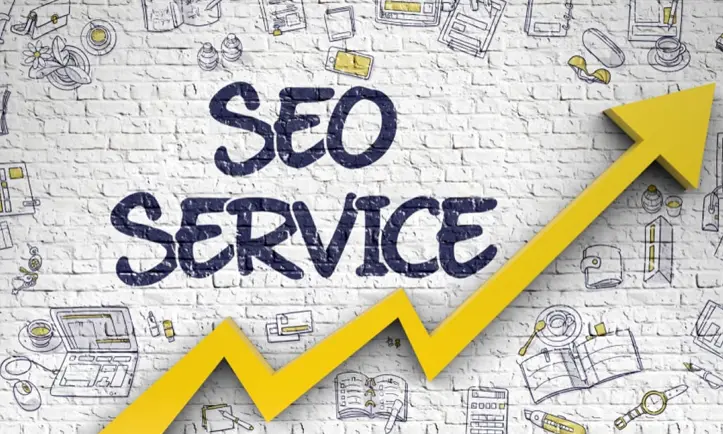
Here’s how it works:
- You pay for ads or traffic packages.
- People click and land on your website.
- If the traffic is high-quality, engagement increases, which may improve SEO signals like dwell time.
Pros and Cons of Buying Website Traffic
Advantages:
- Quick boost in visibility
- Attracts targeted visitors
- Can support product launches or campaigns
Drawbacks:
- Expensive if not managed well
- Risk of fake or bot traffic
- Doesn’t guarantee conversions
Different Ways to Buy Website Traffic
- PPC Advertising: Platforms like Google Ads and Bing Ads are reliable but costly.
- Social Media Ads: Facebook, Instagram, LinkedIn, and TikTok allow hyper-targeted campaigns.
- Native Ads & Display Networks: Great for brand awareness and retargeting.
- Third-Party Traffic Providers: Often cheaper, but quality varies.
Evaluating Traffic Quality
Buying website traffic SearchSEO: Not all traffic packages are safe. Some providers deliver bots that inflate numbers but don’t engage. To ensure quality, monitor:
- Bounce rate (lower is better)
- Average session duration (longer means engaged users)
- Conversion rate (real customers vs. fake clicks)
SEO Impact of Buying Website Traffic
Buying website traffic SearchSEO: Google doesn’t rank websites higher just because they buy traffic. But indirectly, user engagement signals matter. If real visitors spend more time, click around, and interact, it can improve rankings. On the other hand, spam traffic with zero engagement can hurt SEO.
How to Buy Website Traffic Safely
- Use trusted platforms like Google Ads, Facebook Ads, or Microsoft Ads.
- Avoid providers promising “100,000 visitors for $5.”
- Always set a budget and test before scaling up.
Best Practices for Buying Traffic
- Define your target audience clearly.
- Use geo-targeting to reach specific regions.
- Track performance using Google Analytics or similar tools.
- Continuously optimize your campaigns.
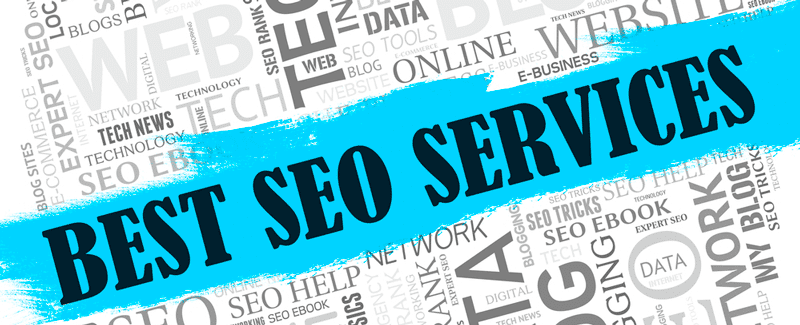
Alternatives to Buying Traffic
If you don’t want to spend heavily on ads, try:
- Publishing blog posts and articles (content marketing).
- Optimizing your website for SEO keywords.
- Leveraging social media for organic reach.
- Running email campaigns to nurture leads.
Combining Paid and Organic Strategies
A hybrid approach works best. Paid traffic gives instant results, while organic traffic ensures long-term sustainability. Together, they can supercharge growth.
Case Study Examples
- Success Story: A small e-commerce store used Facebook Ads to drive 5,000 targeted visitors in one month, resulting in a 40% increase in sales.
- Failure Story: A website bought cheap bulk traffic. Although analytics showed 50,000 visits, conversions were zero because it was mostly bots.
Common Mistakes to Avoid
- Buying random traffic without knowing your goals.
- Ignoring landing page optimization.
- Relying only on paid traffic instead of building organic SEO.
Future of Website Traffic and SEO
AI-driven ads, automated bidding, and machine learning are shaping the future of traffic buying. Search engines also keep evolving, so strategies must adapt to stay effective.
Conclusion
Buying website traffic SearchSEO: Buying website traffic through SearchSEO strategies can be powerful if done wisely. It delivers instant visibility, supports SEO indirectly, and accelerates growth. But the key is quality. Never fall for cheap, fake traffic. Instead, focus on a balanced mix of paid and organic strategies for long-term success.
FAQs
1. Is buying website traffic safe?
Yes, if purchased from reputable platforms like Google Ads or Facebook Ads.
2. How much does it cost to buy traffic?
Costs vary. PPC clicks may range from a few cents to hundreds of dollars depending on the industry.
3. Can bought traffic increase sales?
Yes, if targeted correctly and paired with optimized landing pages.
4. Does Google penalize websites for buying traffic?
No, Google doesn’t penalize for buying ads. But low-quality or fake traffic can harm your SEO.
5. What is the best strategy: buying traffic or SEO?
A mix of both works best. Paid traffic gives quick wins, while SEO builds long-term growth.
